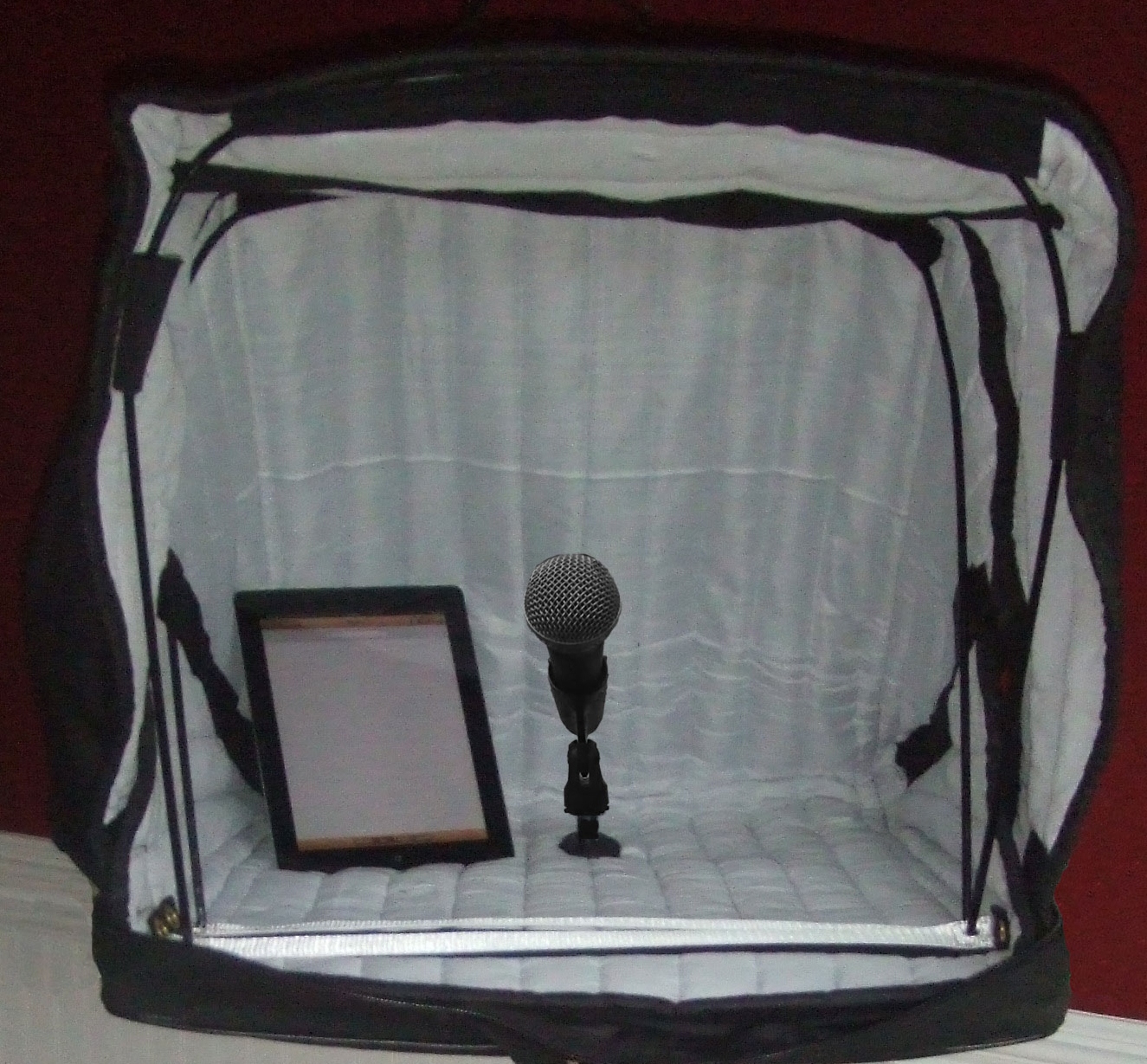A) Producer’s Choice sound blankets are designed to absorb sound waves, especially of high and medium frequencies and reduce reverberation. These sound blankets are used, for example, in a room that has an echo as an acoustic room treatment.
If you use these blankets to hang over a window – it will dampen the incoming sound of the cars, but will not completely block it.
For better soundproofing, you need a blanket with more mass such as Sound Block Curtains (see VocalBoothToGo.com – soundproofing products). These soundproofing curtains combine Producer’s Choice sound blankets for sound absorption plus Mass Loaded Vinyl for sound blocking.
When using the Sound Block Curtains, you need to make sure to attach the curtains as tight as possible to block the whole area of the window. You should also face the absorption side of the blanket to the street and the sound block to the inside of the room.

